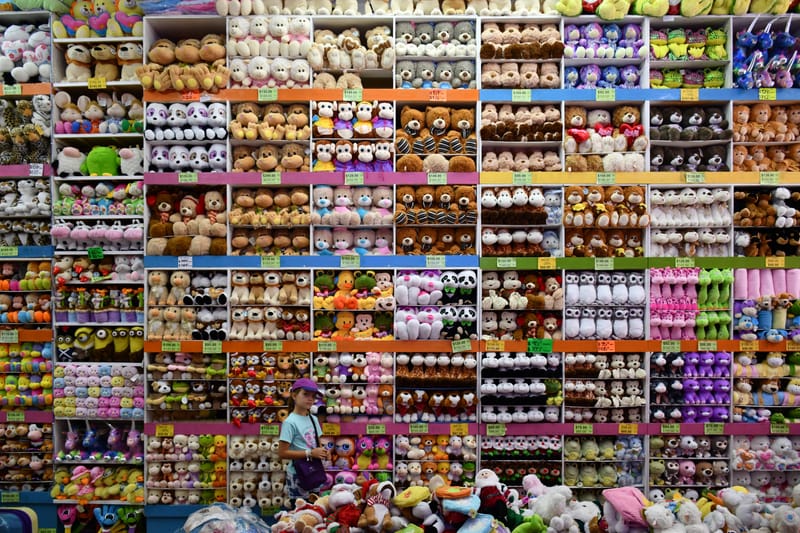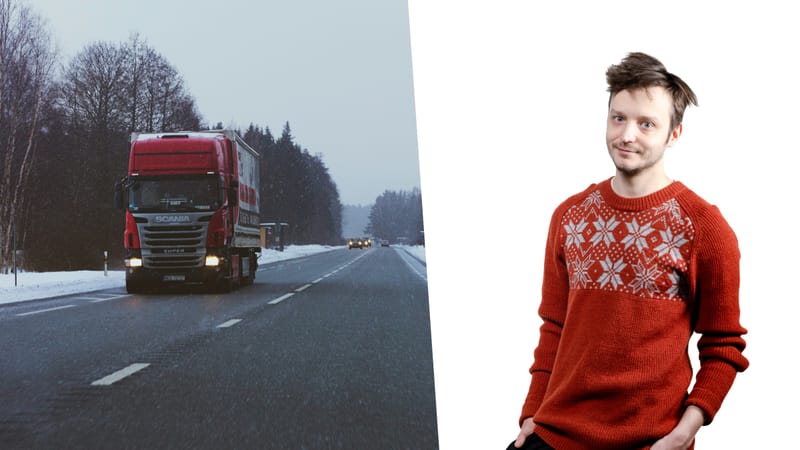Finland Cultural Guide – Part V: Uusimaa, Kymi, Karjala
What shapes life in Finland, what do the people here do? Welcome once more as we continue our historical and cultural journey through Finland. This time beyond the capital region, into the provinces.
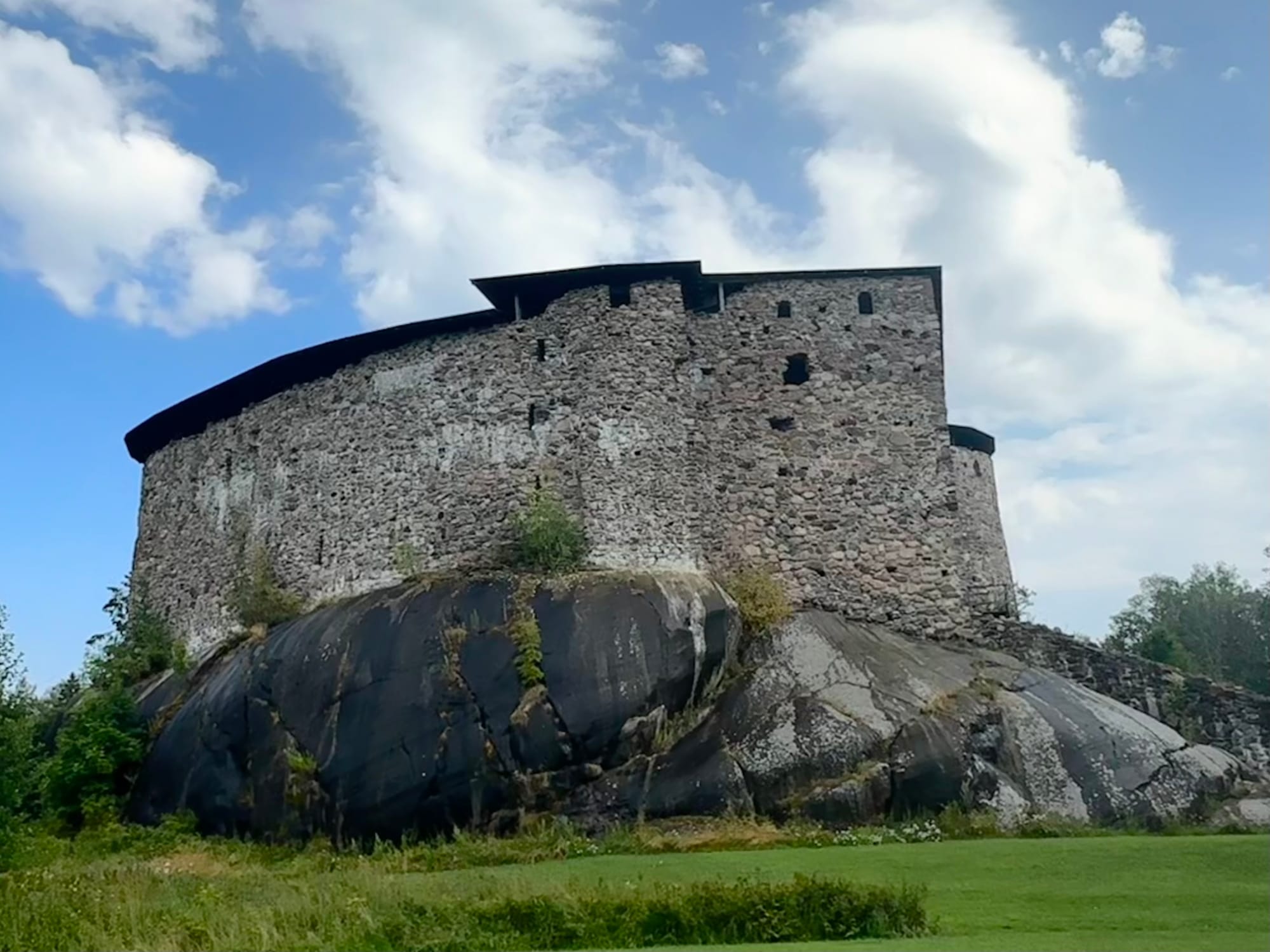
Perttu Rytsölä
The areas outside “Gridlock Finland” – the crowded southern hub of cities and traffic – are among the most sparsely populated in all of Europe. Though inhabited for thousands of years, Finland’s towns and villages grew far apart from each other. The country has also been settled from several directions and in many waves: across the sea, particularly from Sweden, along the western coast, and from the east, all the way from the Ural Mountains.
Because of these differing backgrounds and conditions, distinct cultures, lifestyles, and dialects have developed in different parts of the country. According to the stereotype, Eastern Finns are cheerful and carefree, while Western Finns are serious and reserved. The reasons can be debated, but some studies suggest that western and eastern Finns are genetically more different from each other than eastern and western Europeans are from one another.
Our journey begins in Hanko, the southernmost tip of mainland Finland.
Eastern and Western Uusimaa: Harbors, archipelagos, and Swedish-speaking life
Hanko: Finland’s southernmost city, sunny and maritime
Raseborg (Tammisaari & Karjaa): Swedish-speaking culture, historic castles, and art communities
Porvoo: One of Finland’s oldest towns, parliament and Runeberg
The long Hanko Peninsula has been of great strategic importance and has often seen war. Today, its long sandy beaches attract mainly windsurfers and kiteboarders.
Hanko’s busy port is among the most active in Finland and vital to the local economy, as is tourism. On summer weekends, the picturesque town center fills with sailors and “summer Hankonians,” who have second homes there. Tourism has deep roots in the town, evident in the ornate seaside villas still standing along the shore.
According to the saying, “the sun always shines in Hanko” and indeed, the city enjoys clearer weather than most of Finland. This is why skydiving thrives here, too. As Finland’s southernmost point, Hanko’s oak and deciduous forests look more like Central Europe than the spruce and lake scenery typically associated with Finland. Winter arrives late, and spring begins early on the peninsula.
A few dozen kilometers inland lie Karjaa and Tammisaari, twin towns along the coastal railway and now part of the city of Raseborg. The Tammisaari archipelago just offshore is a popular and relatively expensive area for summer cottages – its sheltered islands and leafy shores are close to paradise on warm summer days.
Karjaa, Tammisaari, and much of Western Uusimaa are predominantly Swedish-speaking. Tammisaari, or Ekenäs, as locals call it, is a wealthy and beautiful wooden town that draws busloads of tourists inspired by painter Helene Schjerfbeck, who once lived there, and by the new Chappe art museum.
Karjaa holds a working-class character. It produces, for instance, Sisu military trucks for Finland’s Defense Forces. Tourism is also growing, especially around the historic ironworks villages of Fiskars and Billnäs, now home to artists and craftspeople. The ruins of Raseborg Castle in Snappertuna, one of only five existing medieval castles in Finland, remain a historical landmark.
Thanks to a good rail connection to Helsinki, Karjaa has attracted commuters seeking more affordable housing. In sports, Karjaa’s pride is its handball club BK-46, while Tammisaari cheers for EIF in football.
Now, we leap past Helsinki and continue eastward through the rural landscapes of Sipoo. To the right, near the coast, rise the tall chimneys of the Neste oil refinery, a hybrid from the Cold War era that symbolized Finland’s position between East and West: a refinery built with Western technology but processing crude oil imported from the East.
Down by the coast at Gumbostrand, one enters another world, at least according to eccentric mystic Ior Bock. For decades, excavations have sought (unsuccessfully) an entrance to what he called the “Temple of Lemminkäinen” in a crack between smooth coastal rocks. The area’s maritime beauty also captivated author Tove Jansson, creator of the Moomin books, who spent her summers in Sipoo’s stark, beautiful outer archipelago.
Continuing east, we reach the historic city of Porvoo. Founded in 1346, it is one of Finland’s oldest towns and was the most important settlement on the southern coast until Helsinki, founded in 1550, overtook it in the 18th century. Porvoo also holds a special place in Finnish statehood: here, in 1809, Emperor Alexander I of Russia convened the Diet of Porvoo after conquering Finland, presenting himself to the Finnish estates. They accepted the new arrangement, which granted autonomy and preserved Swedish-era laws. The emperor’s personal charm reportedly helped.
Today, Old Porvoo’s cobblestone lanes and wooden houses make it a favorite day-trip destination. It’s also the city of Finland’s national poet, J. L. Runeberg, and a paddle steamer named after him still sails between Porvoo and Helsinki.
The largest city on the eastern coast is Kotka, home to one of Finland’s key seaports. The Kymi River flows into the Gulf of Finland here, making it easy to transport timber from inland forests, while the harbor is well suited for large ships. Kotka is known for its maritime spirit, it hosts Finland’s maritime museum, Wellamo, and one of the nation’s two maritime academies. In sports, its working-class identity lives on through basketball and football club KTP.
Offshore, the Battle of Ruotsinsalmi (1790), the largest naval battle in the Baltic Sea, took place here. King Gustav III of Sweden had declared war on Russia, and though the Swedish navy won decisively, the war ended without any territorial change. Visitors can reach the sea by ferry to the fascinating lighthouse island of Haapasaari.
Before the Russian border, we stop in Hamina, once the most important town in eastern Uusimaa. Later industrial development shifted to Kotka, founded in the 1870s, which quickly eclipsed it. For history lovers, this neglect turned into a blessing: Hamina’s center was never rebuilt or modernized, and walking through it feels like stepping into a postcard. The city is laid out in a rare circular plan dating from the 1720s, surrounded by stone ramparts and filled with wooden and stone houses.
A little further north lies Miehikkälä, a small municipality of unexpected importance, or at least it once was. Before Russia’s 2022 invasion of Ukraine, Miehikkälä was Finland’s main border crossing for freight and passenger traffic from the east. Now, the border is closed.
Nearby in Virolahti, travelers can visit the Bunker Museum, part of the Salpa Line, a 1,200-kilometer defensive line built in 1941 along the eastern border. Today, a 50-kilometer hiking route called the Salpa Trail winds through southeastern Finland, allowing visitors to explore the old fortifications and surrounding nature. Adventurous hikers can even spend the night inside one of the museum’s concrete bunkers.
Industry, borderlands, and rapids of Kymenlaakso and Karelia, heartland of Karelian culture
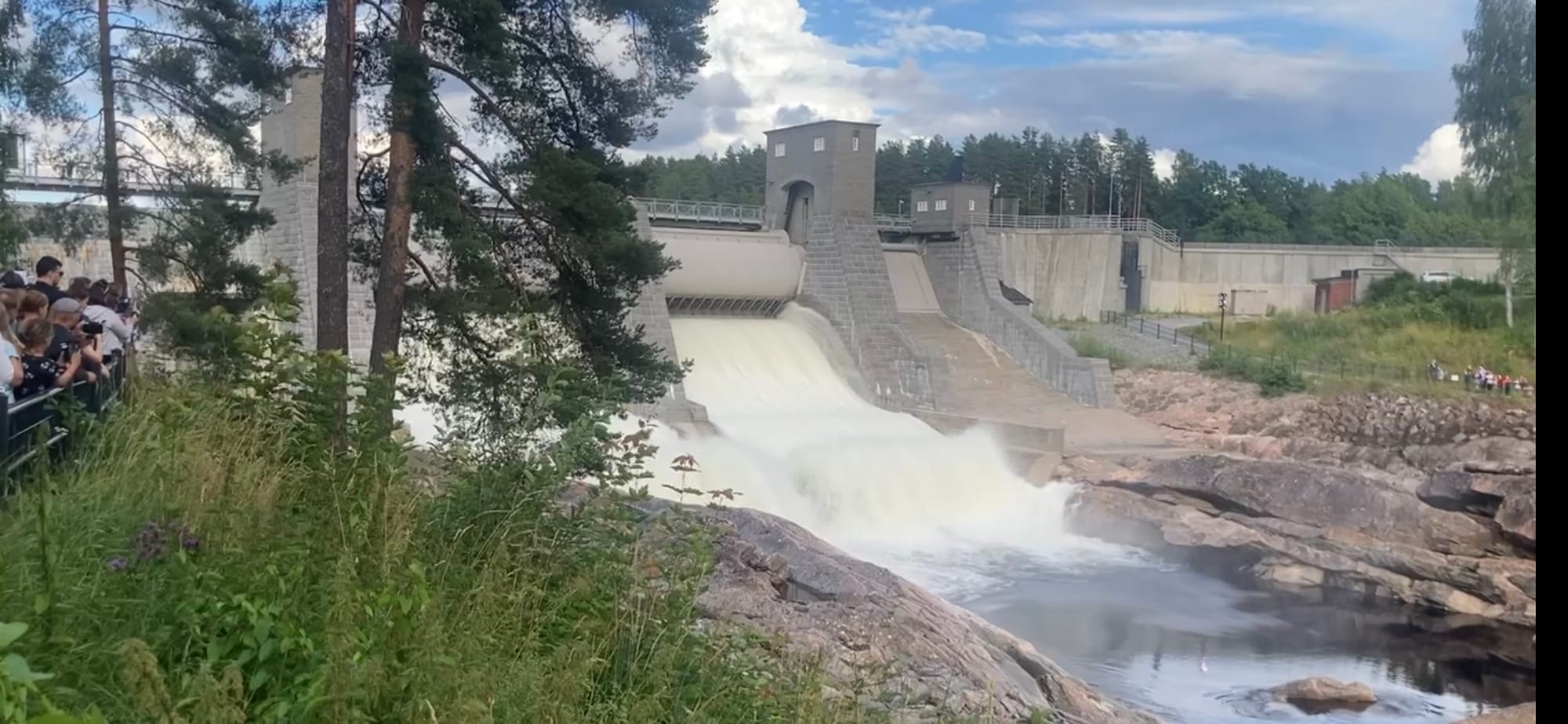
Kymenlaakso and Karelia: Industry, borderlands, and rapids
Kouvola: Brutalism and Repovesi National Park
Imatra & Lappeenranta: Border cities on Lake Saimaa
Joensuu: The heart of Karelian culture and forest sciences
We stay in southeastern Finland, near the Russian border. This region is characterized by vast waterways, spruce forests, a traditional but declining paper industry, as well as towns that grew alongside the expanding railway network.
The best example of this is Kouvola. The city grew rapidly in the postwar decades, and the prevailing architectural ideal was brutalism. As a result, Finns have coined many jokes about the city, such as “Kouvola – Fun things made of concrete.” Today, Kouvola seeks to redefine itself through its parks, nature trails, and the Repovesi National Park, where concrete gives way to cliffs and silence.
The surrounding area offers layers of culture, such as the Verla Groundwood and Board Mill Museum, a UNESCO World Heritage Site. Wandering through the old factory feels as if the workers have just stepped out for lunch. Nearby are also prehistoric rock paintings.
Right by the border lies Imatra, famous for its dammed rapids. The Vuoksi River draws its power from the great lakes of Eastern Finland, cuts through the city, and continues toward Lake Ladoga. The dam gates open several times a week for tourists, accompanied by Sibelius’s Finlandia. Many visitors continue to Punkaharju, about a hundred kilometers away, home to perhaps Finland’s most beloved national landscape: a majestic esker ridge stretching between the crystal-clear waters of Lake Saimaa, forming a natural bridge between two lakes.
At the same time, Imatra has always been an industrial city Stora Enso operates a sulfate pulp mill on the riverbank. Like many regional cities, Imatra is passionate about pesäpallo and has a strong tradition of motorcycle racing, thanks to the annual Imatranajo event.
Next to Imatra lies its larger and more international sister city, Lappeenranta. The city’s old fortress area rises on a hill by Lake Saimaa, telling of the days when Sweden and Russia fought over these lands. Its long military history ended in 2016 when the garrison closed, leaving the Dragoon cavalry unit to live on only in history books. Today, the fortress courtyards host art galleries, museums, and cafés.
In summer, the city opens up to the lake, its Sandcastle, festivals, and harbor draw crowds. As surrounding villages decline, Lappeenranta’s population grows, boosted by LUT University, which brings youth and international life to the city. The forests of Karelia have an ancient singing tradition, and one highlight of the cultural calendar is the Lappeenranta Singing Competition each January. A more alternative side of the local music scene is represented by LPRHC Fest, a summer festival for punk, hardcore, and rap.
From the Lappeenranta shoreline, one can admire the vast open waters of Saimaa, but their true scope and importance can’t be grasped from the shore or even maps. For centuries, Finns have traveled along the lakes, floating logs, fishing, living by the water, and even extracting lake ore for iron. Finland’s wilderness was once hard to traverse, but the lakes always offered routes by boat in summer, by sleigh in winter. Timber transport required logistical routes, canals, and locks, connecting all of central and eastern Finland. To today’s pleasure boaters, the maze of lakes and straits is like a labyrinth. Once upon a time, those same remote islands were hideouts for lake bandits.
We remain in the east a bit longer, traveling north through Karelia to Joensuu, a city slightly larger than Lappeenranta. Joensuu is the heart of cheerful Karelian culture. The city spreads along both banks of the Pielisjoki River. Its skyline is low, its streets follow a grid, and its buildings are far apart, but the lively market square and thousands of students bring it color. The market sells Karelian pasties, of course, but also other eastern Finnish treats like rinkelit, sultsinas, and vatruskas.
Culturally, Joensuu is much larger than its population suggests. Ilosaarirock, one of Finland’s oldest and most respected rock festivals, brings tens of thousands of music lovers every summer. Notable local musicians include Ismo Alanko, Hassisen Kone, and Neljä Ruusua. In sports, the pride of the city is its pesäpallo team, Joensuun Maila.
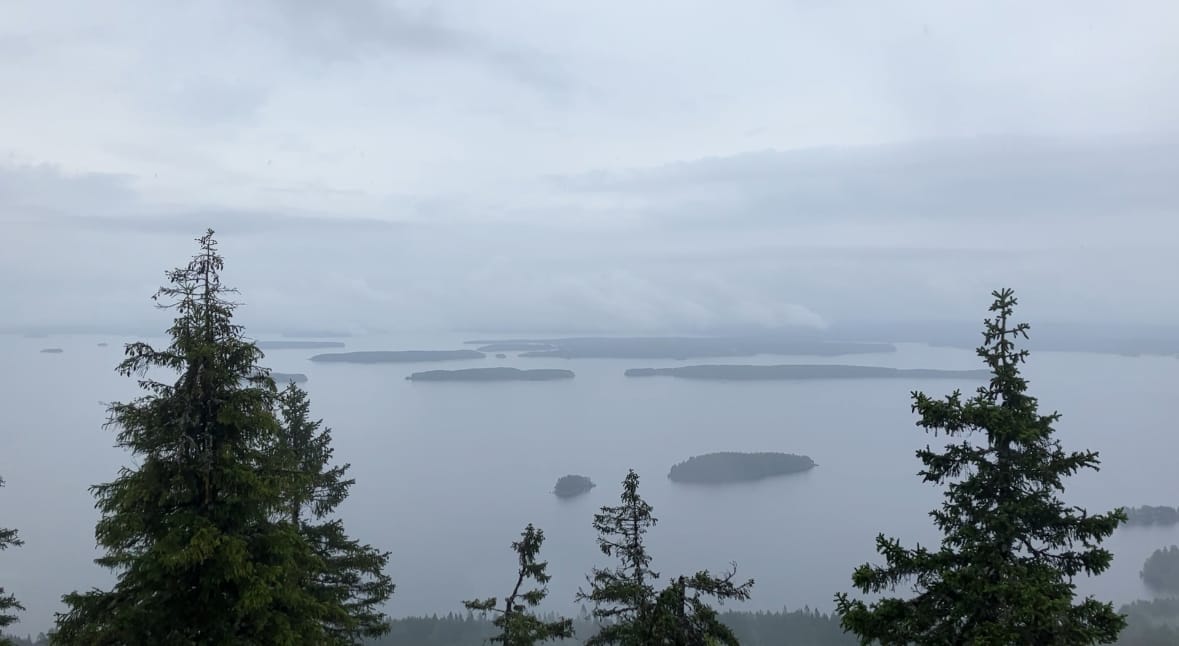
South of the city lies the forested town of Kitee, known during Prohibition for its moonshine stills, “Kiteen kirkas” became a brand of its own. Today, Kitee’s pesäpallo team is a regular in the top league, and its stadium has hosted Finland’s most internationally successful band, the local heroes Nightwish.
Traveling north, we reach Lieksa, where the mystical hill of Koli rises above Pielinen, offering one of Finland’s most iconic national landscapes. The rugged rock formations at the summit stir the imagination, and the panoramic view over the vast lake takes one’s breath away. Standing there, it’s easy to believe the signs that tell of ancient religious rituals once held on the spot. Everywhere around, one feels that here the wilderness truly begins.
Check out the previous chapters of Finland Cultural Guide:
- Part I: Discovering Helsinki
- Part II: Metropolitan Helsinki and central Uusimaa province
- Part III: Turku and Varsinais-Suomi
- Part IV: Hämeenlinna, Tampere & Lahti – Heartlands of Finland



